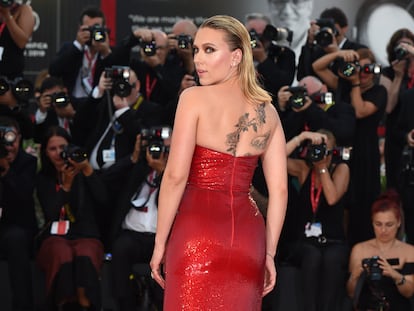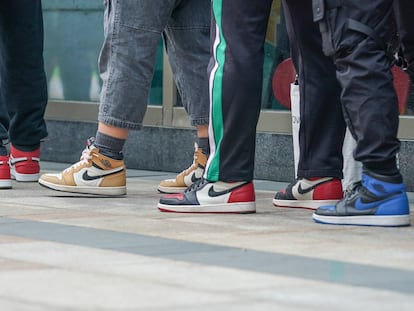The classic jacket worn by rockers, movie stars, hoodlums and everyone in between
The Harrington windbreaker first came out in 1938 and it’s still going strong 85 years later

It was first dubbed the Harrington 25 years after it first came out. The name dates back to 1964 when actor Ryan O’Neal, who played Rodney Harrington on the sitcom Peyton Palace, wore his Baracuta G9 Jacket in almost every episode, so much so that people started referring to the short, zip-up windbreaker as the Harrington. The G9 model was made by Baracuta, an English company that began exporting it to the United States in the 1950s, where it became very popular among well-off college kids. Soon after, John Simons, a clothing salesman who opened The Ivy Shop in London in 1964 to sell the American Ivy League style in the U.K., displayed a G9 in the window with a sign that read ‘Rodney Harrington Style.’ The jacket was a hit on both sides of the Atlantic and is still going strong 85 years later.
Before it became the Harrington, the jacket made earlier appearances in pop culture. In 1958, Elvis Presley wore one in the 1958 musical drama King Creole. James Dean wore one in Rebel Without a Cause (1955), but it didn’t have the tartan lining that distinguished the G9 from its imitators. The Baracuta G9, created in 1938, is credited with setting the bar, although people dispute who made the jacket first. In 1931, Grenfell, another British brand, made a golf jacket that was so similar, it’s hard to believe Baracuta didn’t use it for inspiration.

The G9 jacket was designed with golf in mind — the “G” in G9 stands for golf. Lightweight and loose-fitting, it had elastic at the waist and cuffs so golfers could swing easily. Two slanted pockets with buttons prevent golf balls from falling out. The distinctive Fraser tartan lining provides a little warmth in cool weather. Baracuta obtained special permission to use the tartan from Brigadier Simon Christopher Joseph Fraser, the 25th chief of the Scottish clan, adding a touch of prestige that appealed both to the wealthy and the wannabes. The G9 had a water-repelling cotton exterior and an umbrella-back yoke with a built-in vent, making it a more breathable garment. This umbrella-shaped feature is designed to conduct rain away from the wearer.
The G9 was created in Manchester (England) in 1938 by two brothers, Issac and John Miller, who were passionate about golf. They were the founders of Baracuta, the company they established a year earlier. The brothers started making rain gear in 1912 from a factory on Bradford Road. They produced raincoats for famous brands like Burberry during Manchester’s booming textile revolution. The city was famously referred to as Cottonopolis, well-known for its skilled workers and high-quality clothing.
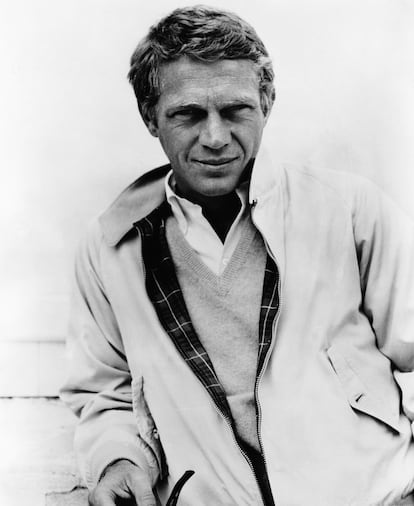
The classic windbreaker was always popular, but it became a favorite of young Americans in the 1950s. A decade later, it took off in the U.K. thanks to John Simons, who played a significant role in shaping the British mod (a popular music subculture) style in the 1960s. The mods were often uneducated teenagers who worked in London offices and liked to go dancing in basement clubs during their lunch breaks. “Larry Lynch, a 15-year-old from Brixton, dresses better than adults in his office who earn four times more than him. He’s a working-class lad, but has been wearing tailored suits since he was 12, and gets his hair cut college-boy style by a barber named Andy,” wrote Tom Wolfe in a 1965 article about the mod subculture.
The rockers — the sworn enemies of mods — sported pompadours, boots and leather motorcycle jackets. Then there were the Teddy Boys, who wore clothes inspired by the styles of Edwardian dandies from the early 1900s. But the mods wanted to imitate the cool, modern elegance of American jazz musicians and wealthy Ivy Leaguers. “I brought these clothes to London that were worn by rich kids and executives in America. The lads adopted them and added their own touch,” said Simons many years later.
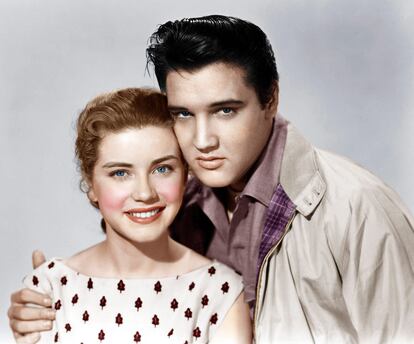
Many mods wore military-style parkas while driving scooters in order to keep their nice clothes clean. But the light and elegant Harrington was ideal for the summer months, and was quickly copied by other garment makers. Fred Perry started making them in the 1970s, and Merc — the Carnaby Street mod brand born in 1967 — also began making its own version. Almost every brand from H&M to Paul Smith now makes a windbreaker fashioned after the Harrington. Inexpensive versions were worn by blue-collar workers in pubs, and superstars like Frank Sinatra and Steve McQueen sported more upscale models. The jacket was extremely versatile — informal yet with a touch of style. Children would even borrow their parents’ jackets, an intergenerational fashion trend that was virtually unheard of.
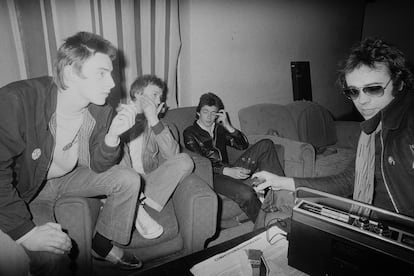
During the 1970s, the popularity of the Harrington jacket waned briefly. However, it experienced a resurgence in the 1980s due to the mod revival led by Paul Weller and the Jam, and the ska revival by bands like Two Tone and Madness. Since then, the indomitable jacket has remained in style, worn by the likes of Daniel Craig and Christian Bale, fictional characters like Walter White from Breaking Bad, and politicians across the ideological spectrum. Baracuta’s 85th-anniversary book showcases a diverse range of individuals wearing Harrington jackets, including DJ Andy Votel, artists Luke Passey and Stanley Chow, designer Ben Kelly, and the iconic post-punk band, A Certain Ratio.
Surprise! The iconic British jacket became Italian in 1982 when Baracuta was acquired by Lavori In Corso. But as Ben Kelly, (who designed The Haçienda club in Manchester) said, “Who cares if it’s supposed to represent British style? It’s a well-made, affordable, practical and durable jacket for everyone. Britishness is such a cliché anyways.”
Sign up for our weekly newsletter to get more English-language news coverage from EL PAÍS USA Edition
Tu suscripción se está usando en otro dispositivo
¿Quieres añadir otro usuario a tu suscripción?
Si continúas leyendo en este dispositivo, no se podrá leer en el otro.
FlechaTu suscripción se está usando en otro dispositivo y solo puedes acceder a EL PAÍS desde un dispositivo a la vez.
Si quieres compartir tu cuenta, cambia tu suscripción a la modalidad Premium, así podrás añadir otro usuario. Cada uno accederá con su propia cuenta de email, lo que os permitirá personalizar vuestra experiencia en EL PAÍS.
¿Tienes una suscripción de empresa? Accede aquí para contratar más cuentas.
En el caso de no saber quién está usando tu cuenta, te recomendamos cambiar tu contraseña aquí.
Si decides continuar compartiendo tu cuenta, este mensaje se mostrará en tu dispositivo y en el de la otra persona que está usando tu cuenta de forma indefinida, afectando a tu experiencia de lectura. Puedes consultar aquí los términos y condiciones de la suscripción digital.
More information
Archived In
Últimas noticias
Most viewed
- Sinaloa Cartel war is taking its toll on Los Chapitos
- Oona Chaplin: ‘I told James Cameron that I was living in a treehouse and starting a permaculture project with a friend’
- Reinhard Genzel, Nobel laureate in physics: ‘One-minute videos will never give you the truth’
- Why the price of coffee has skyrocketed: from Brazilian plantations to specialty coffee houses
- Silver prices are going crazy: This is what’s fueling the rally
